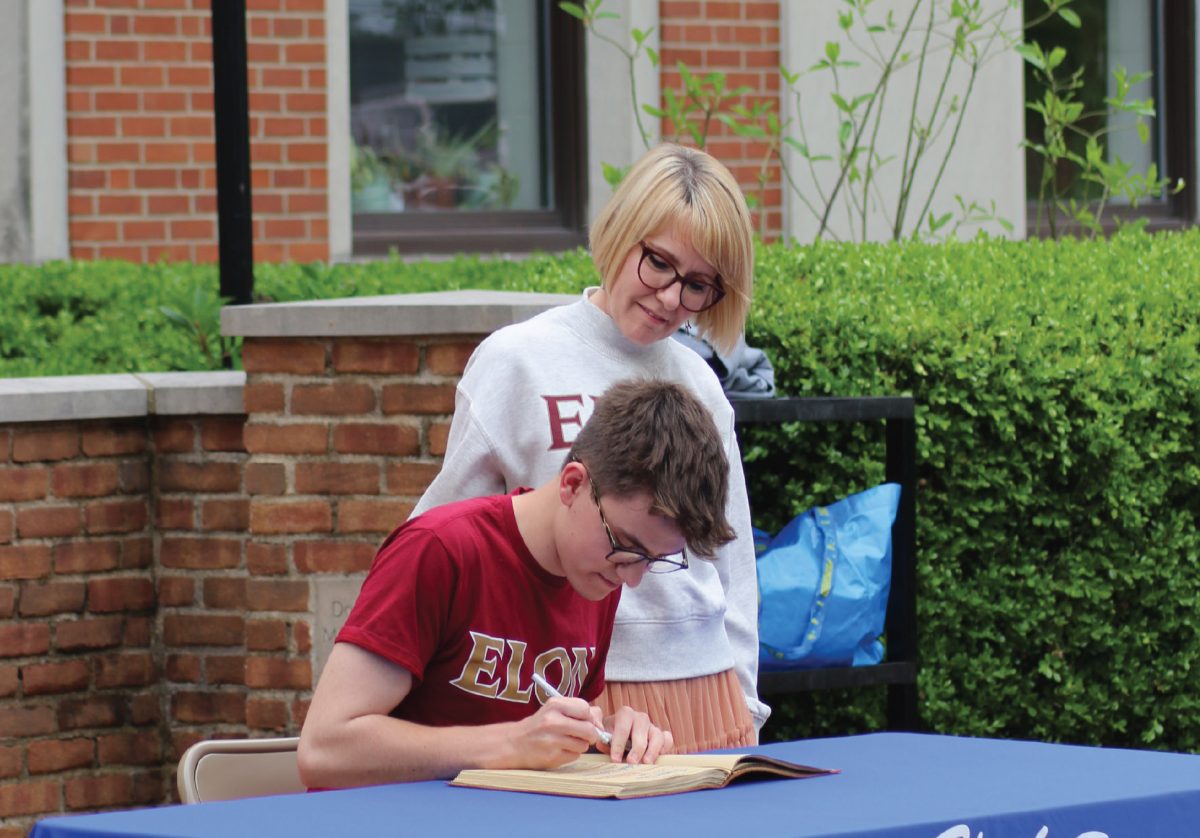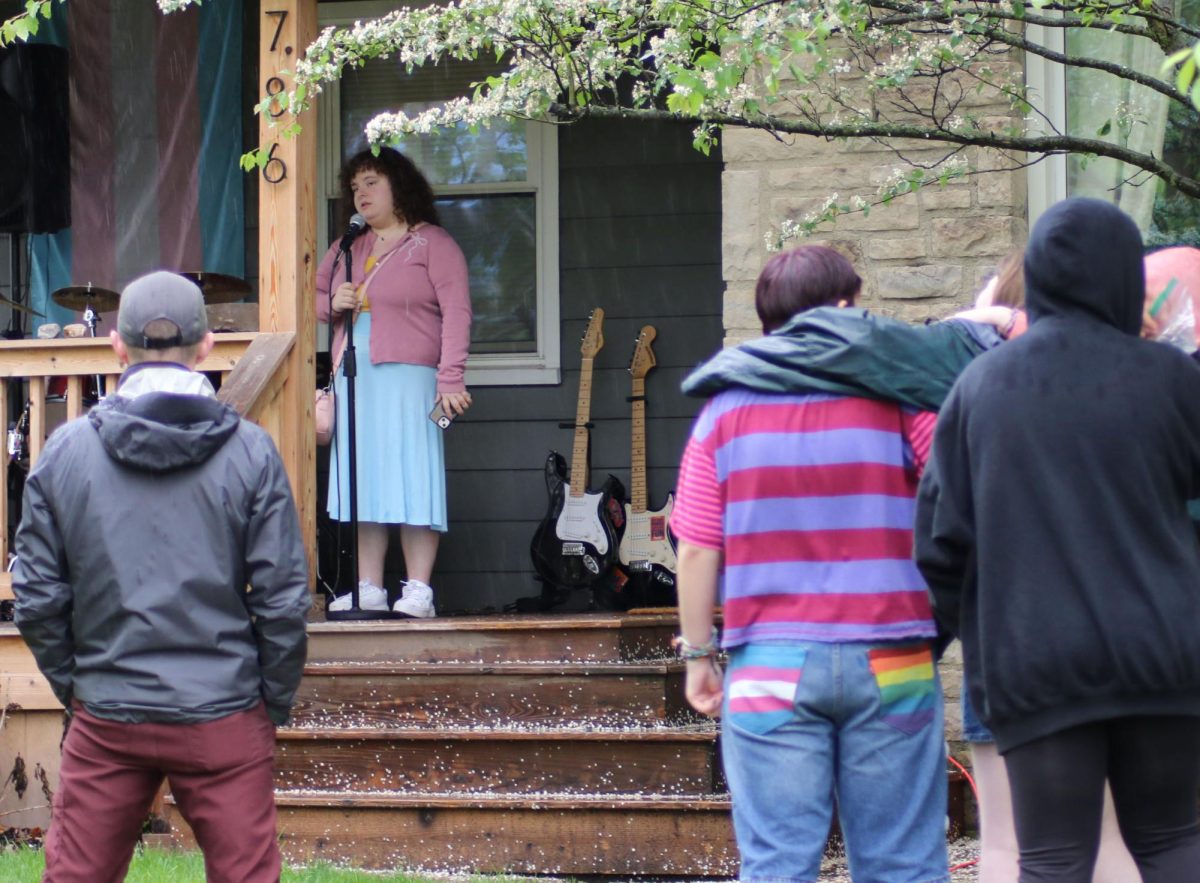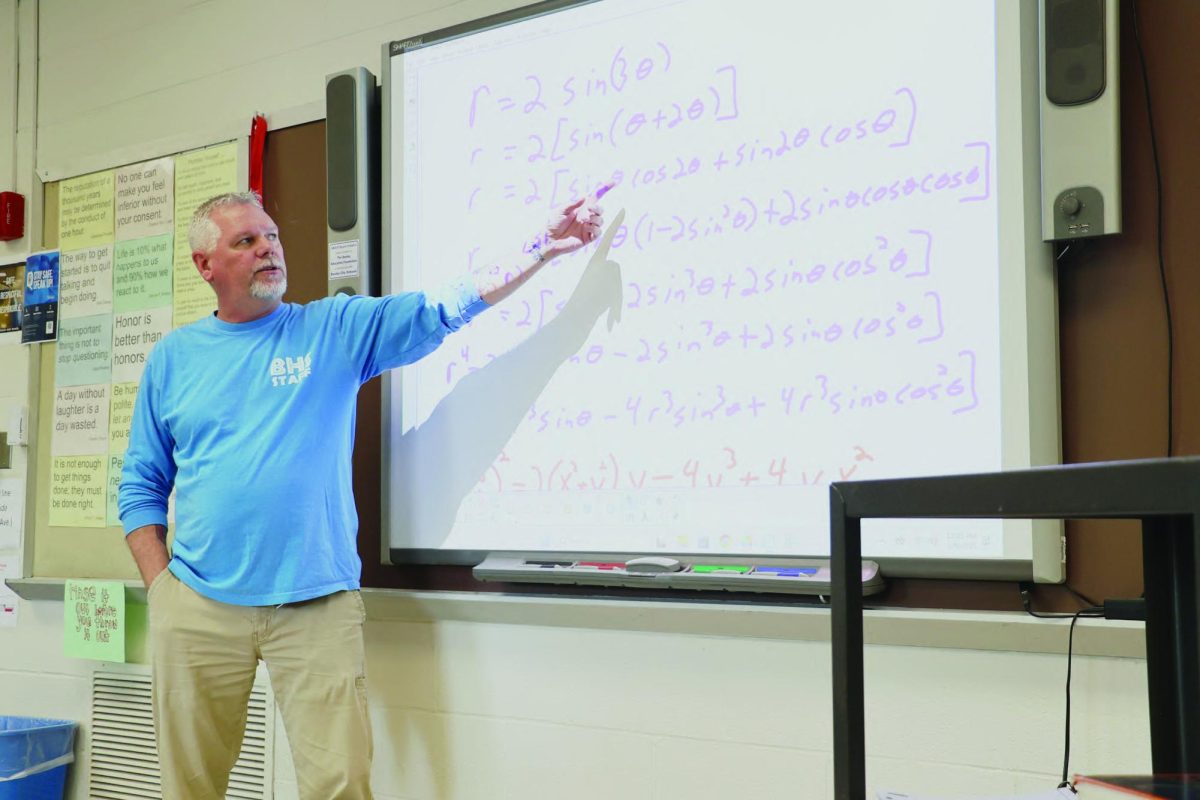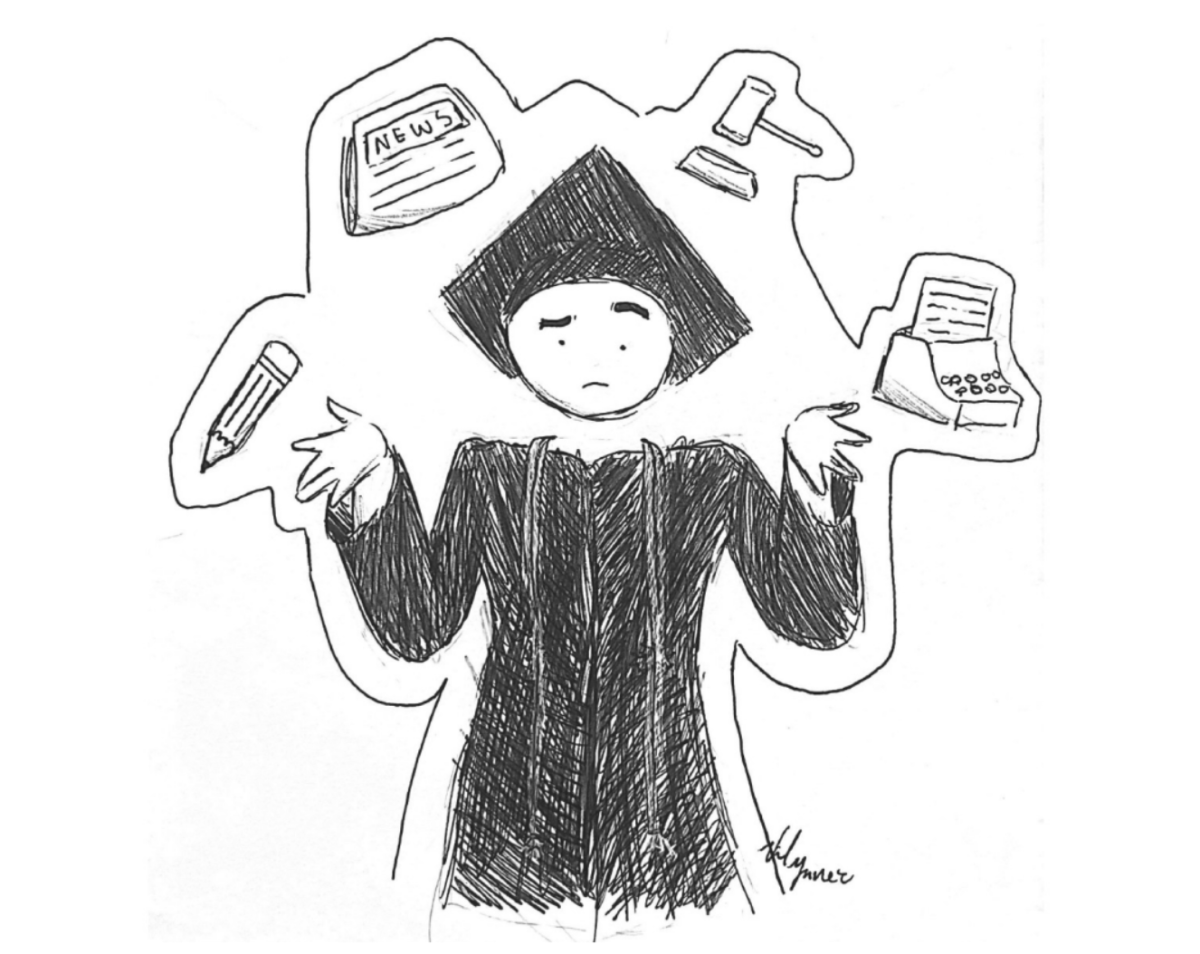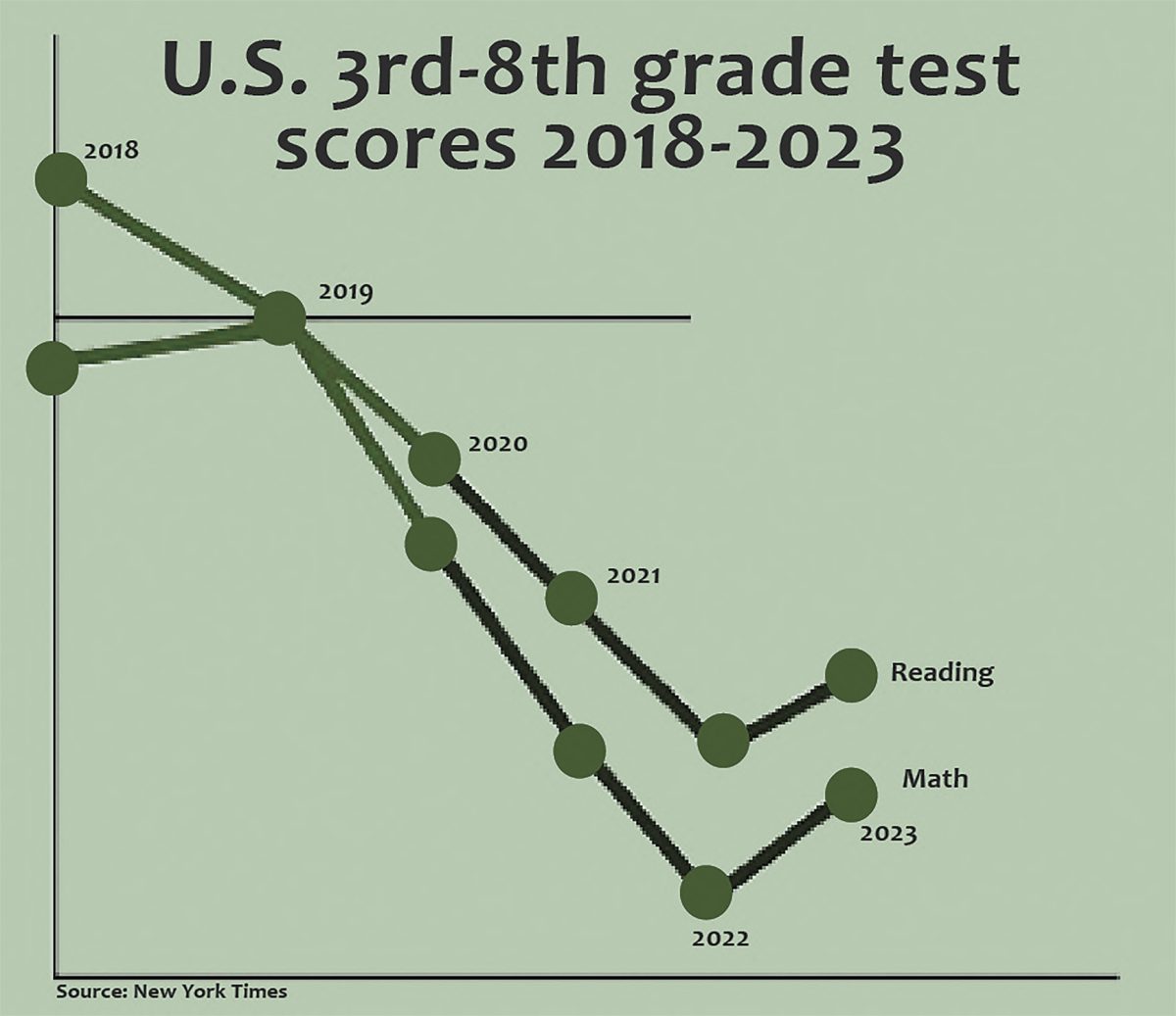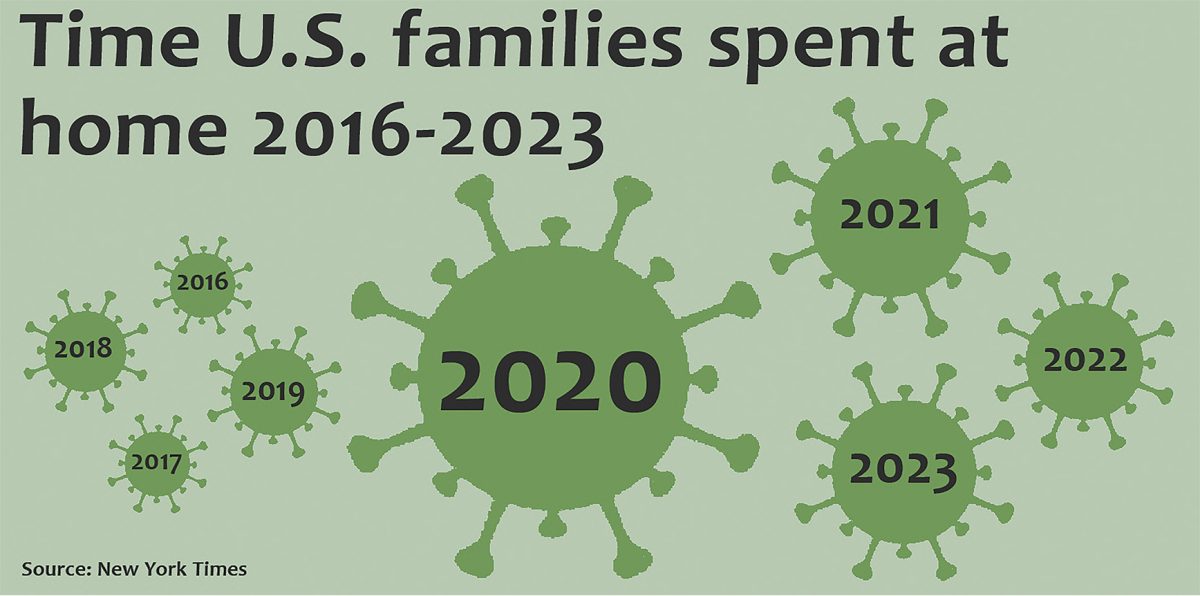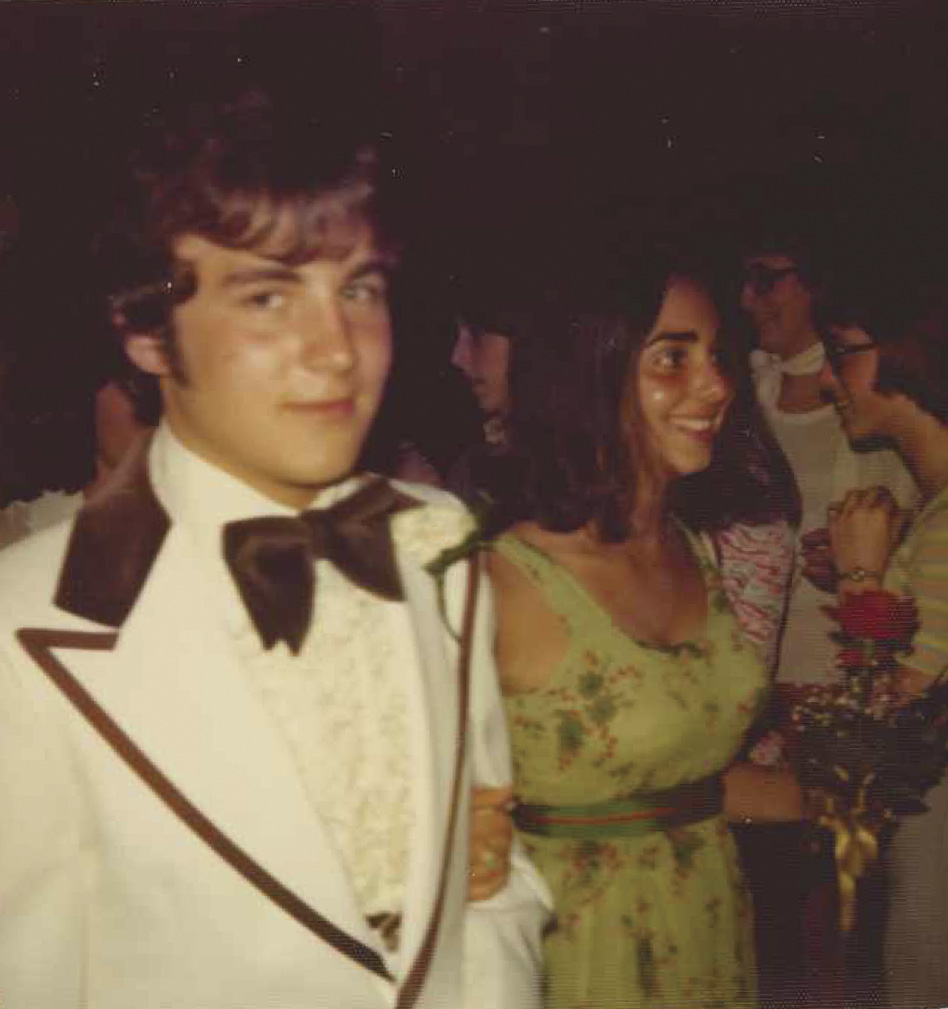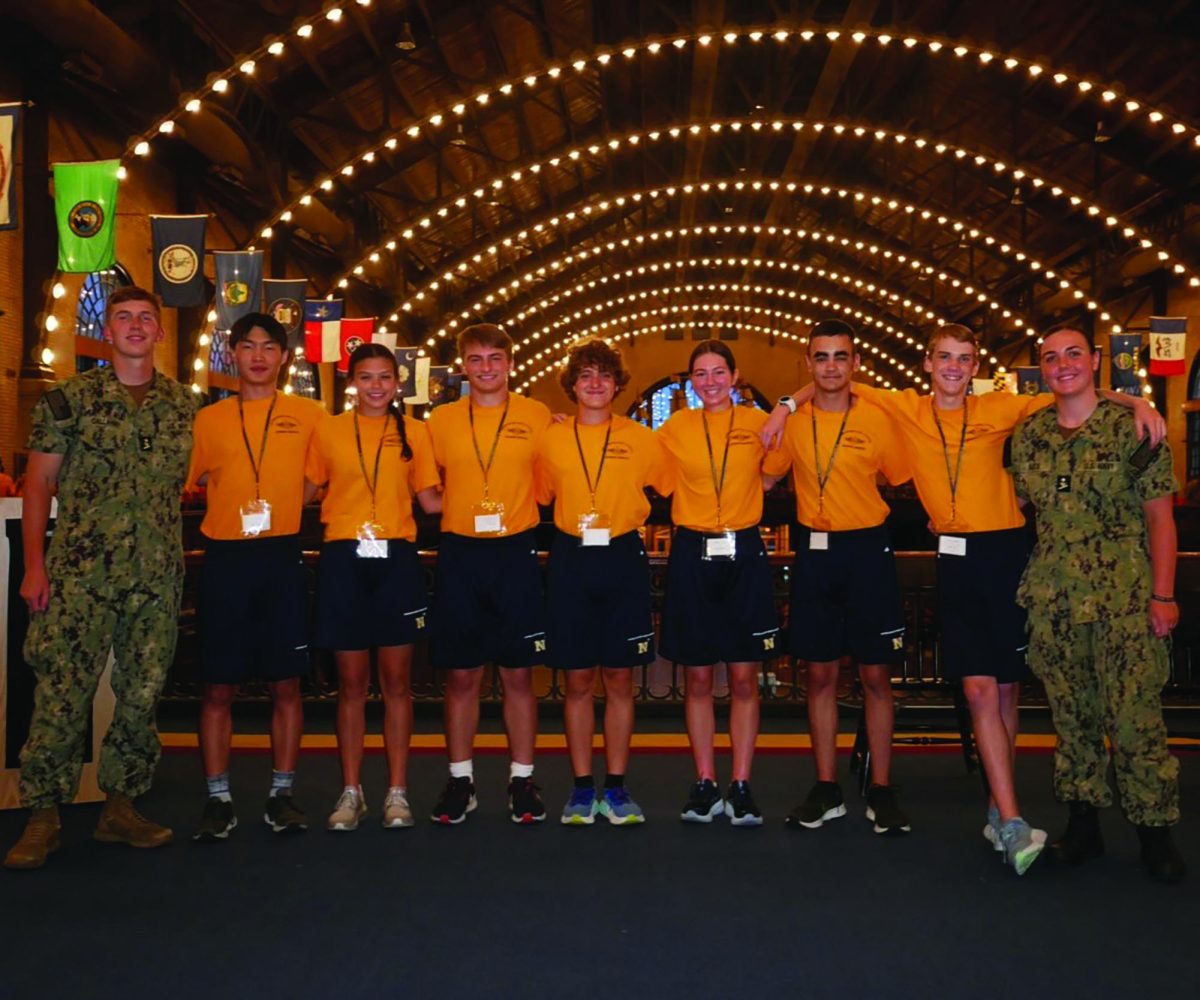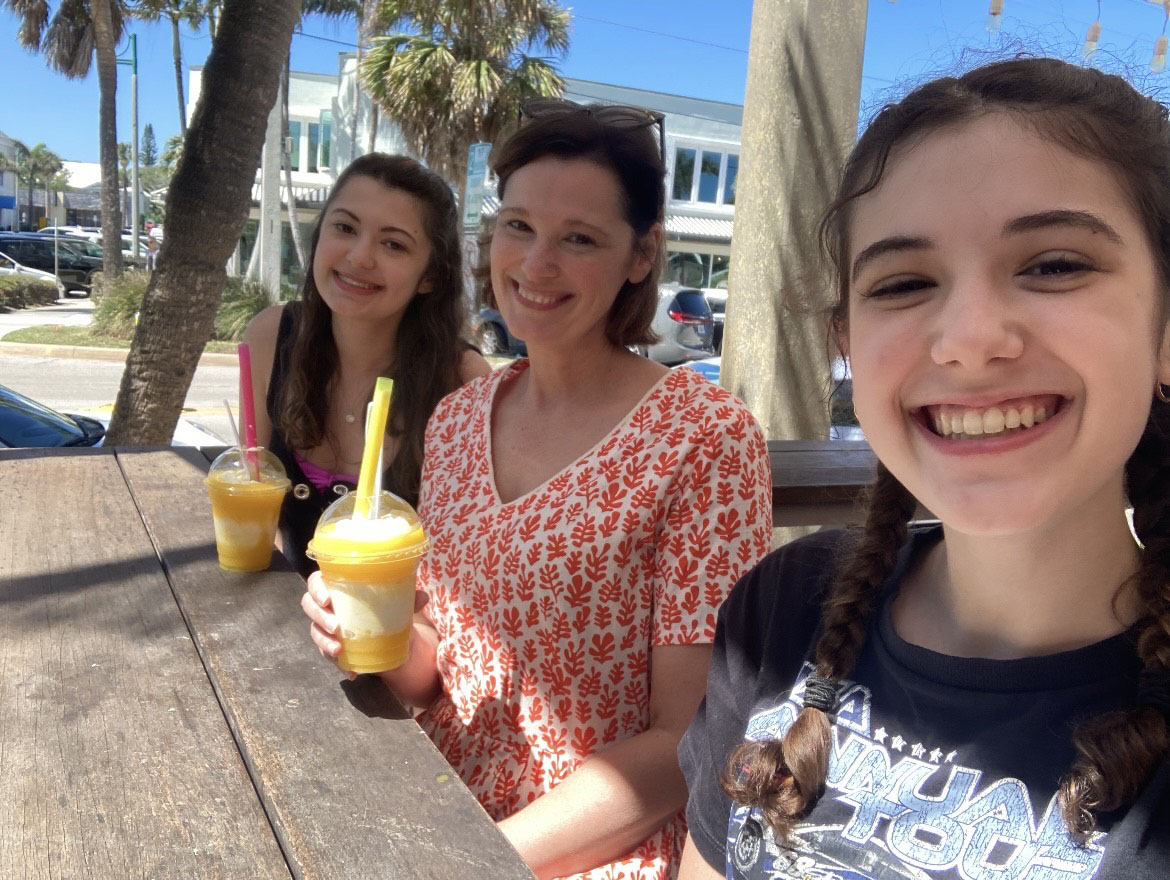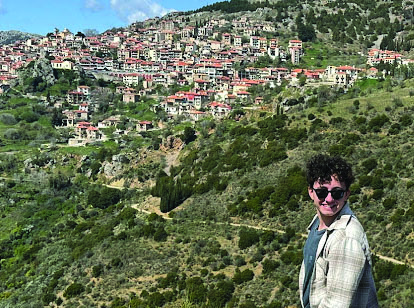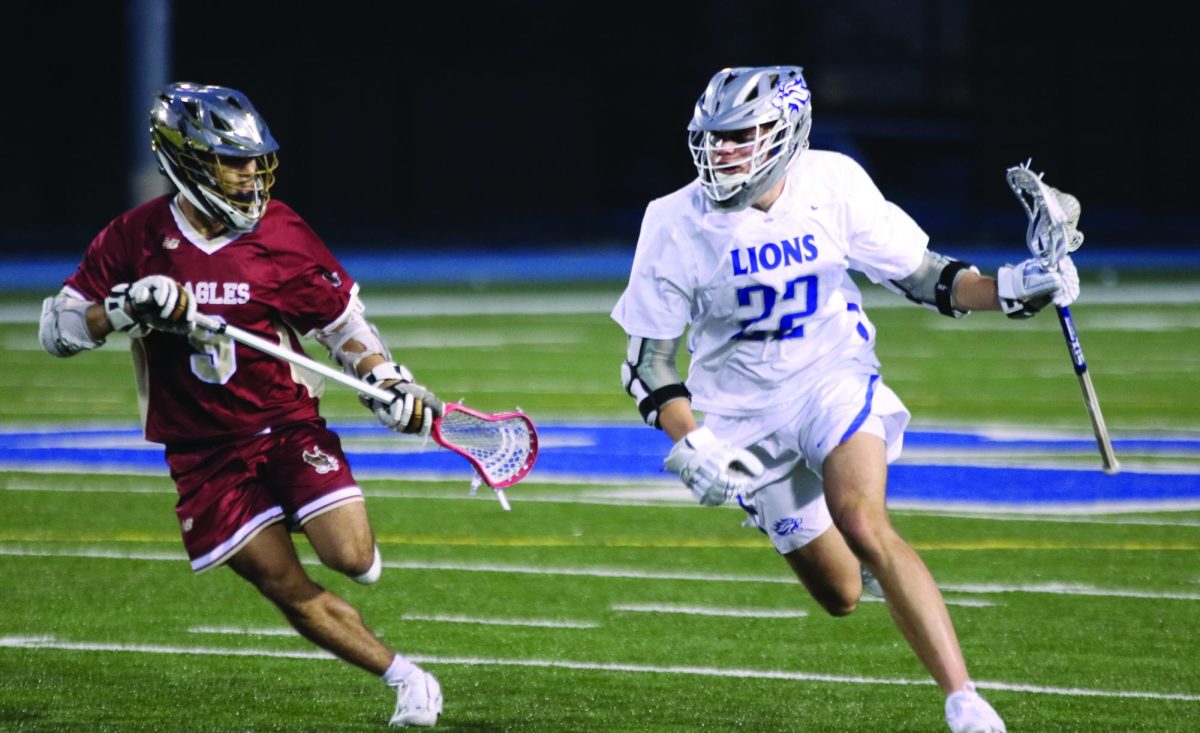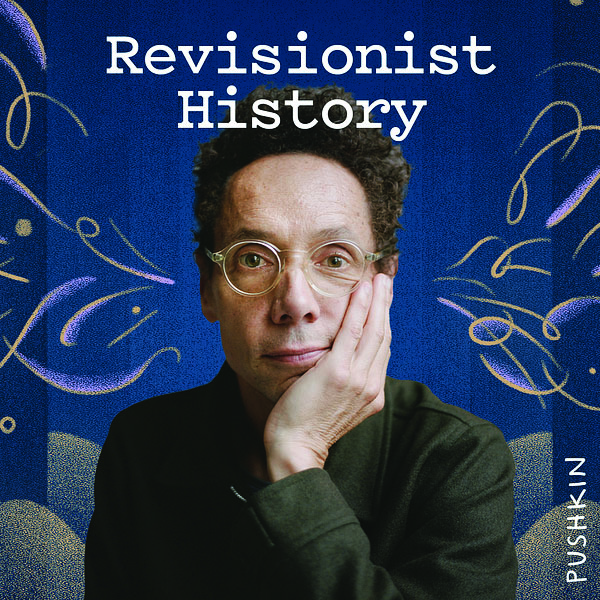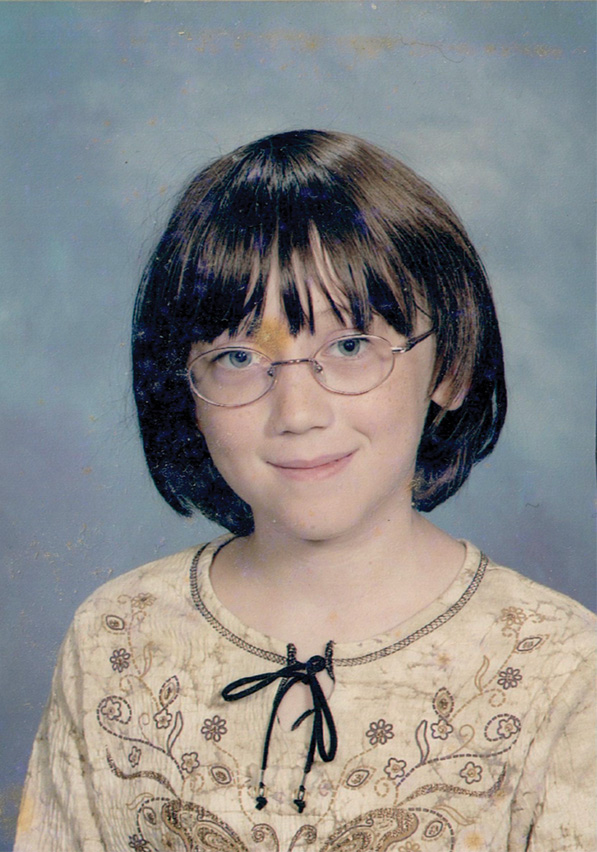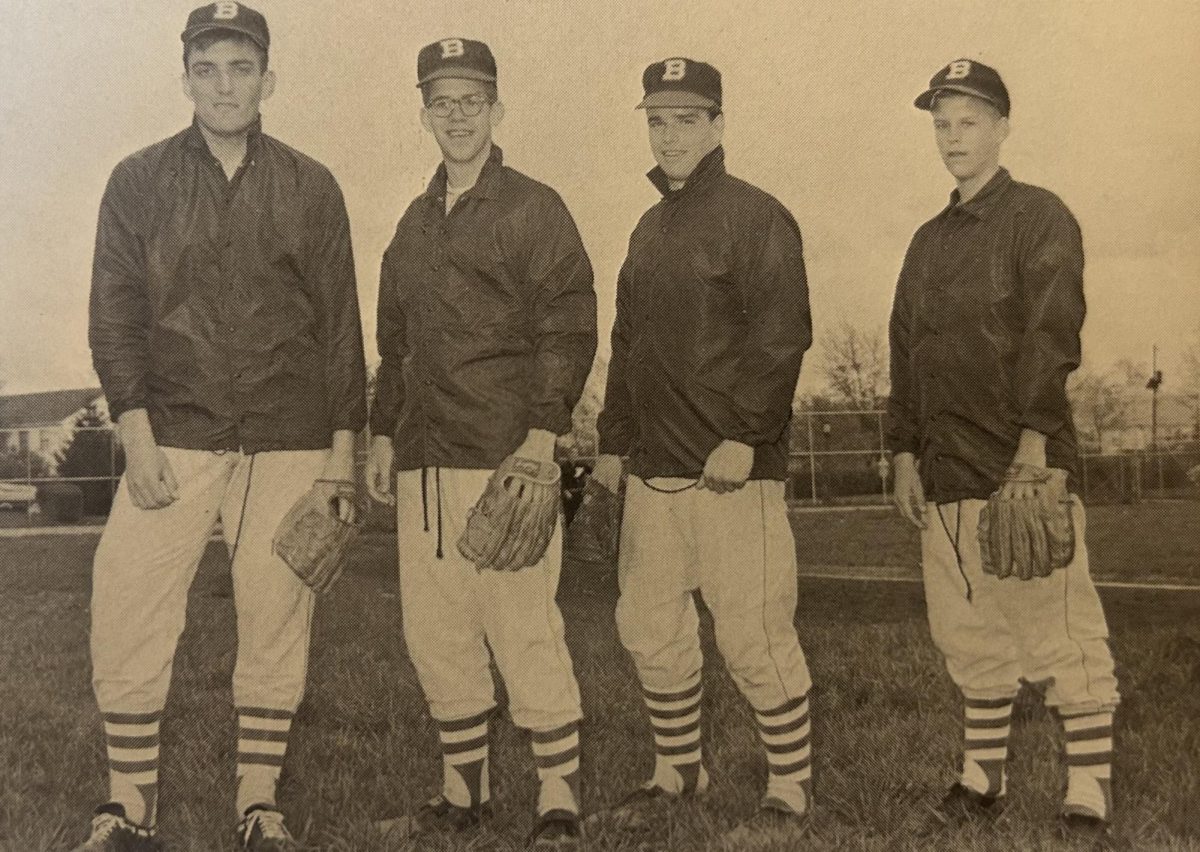Isabel Bowling
Aden Flora
Sarah George
In-depth Editors
Editors’ Note: Students’ names have been changed to grant them anonymity.
Have you ever been the only person in the room who looks like you?
This is a familiar feeling for Black students in Bexley. Being the only Black student in a Bexley City Schools classroom is, unfortunately, typical, with 92 percent of Bexley’s population being white.
Three students’ experiences give insight into how some Black students feel.
Beverly Larson* has lived in Bexley since she was in kindergarten, and even at such a young age, she found it was harder for her to fit in than it was for white students.
“It was difficult for me to make friends in elementary school since a lot of kids connect through their descendants,” she said. “Since my parents didn’t grow up here, I felt like an outsider.”
Katarina Fitzpatrick* expressed the feeling of isolation in her classes as well, and how this has made learning about Black culture awkward at times.
“When a question is brought up in class about the African American community, people don’t notice that I can see them either staring directly at me, or obviously trying not to,” Fitzpatrick said. “The room becomes very tense.”
Her feelings of isolation in Bexley Schools stemmed from being teased about her natural hair in elementary school, she explained.
“Teachers did not always recognize when microaggressions took place in the classroom,” she said.
Being curious as a child is one thing, but being singled out for being different is a totally different feeling, she explained.
As Larson grew up, she said, she continued to feel isolated from the other students in her classes. She explained that both the students and teachers treated her unfairly because of her skin color.
“I remember one of my…teachers constantly singled me out and acted like I was inferior compared to the rest of the class,” Larson said. “I had to prove myself and show her that I was capable of doing the work just like everyone else.”
Especially in her higher level high school courses, it is common for her to be the only Black person in the room, she said. Larson added that it is overwhelming to have this constant feeling of loneliness.
“In Bexley, many people don’t understand that people of color grow up all alone in their own bubble separate from the rest of the community,” she said.
Myles Erikson* was also open about the hardships he has faced.
“Almost all the time I feel isolated because I’m usually one of the only people of color in my classroom,” he said. “I’m not really uncomfortable because I’ve been around it a long time. I’ve gotten used to it.”
Outside of the classroom, Erikson thinks the community as a whole needs to do some reflecting.
“I would want for Bexley to think that life isn’t perfect inside the bubble,” he said. “There’s still unfair policing that is present; racism is still present, and people need to acknowledge it.”
Erikson explained that he thought Bexley did a great job with the protests. He added that he saw many of his friends and community members at the protests and he thought it was a very beneficial and eye opening experience for the community as a whole.
“My parents keep me informed on current events,” Erikson said, “I’ve been hearing about these shootings of unarmed African Americans since I was born.”
Although he won’t live in Bexley when he’s older, there are still good people in the community, he added.
“After this summer, Bexley seems to be heading in a better direction,” Erikson said. “But there is still much more progress to be made.”
Erikson said that he had enjoyed growing up in Bexley. He added that he has made some really strong friendships and there are a lot of good people who support the Black Lives Matter movement, but there is more that needs to be accomplished.
Fitzpatrick said that the administration is beginning to take the incremental steps towards abolishing racism in Bexley City Schools, but she is disappointed that it has taken so long to start making these changes.
Director of Student and Community Engagement Leisan Smith said that the district has been working on diversity training for the past five years but has accelerated the work this past summer due to the events around the country.
“In the past, we have not done a good job letting the students know about the work being done,” Smith said. “We are now being more intentional about informing and including students.”
Smith added that on Friday, Oct. 16, the staff began implicit bias training, created by The Ohio State University, that will include readings of student testimonials and reflection of what can be improved.
While Bexley prides itself on its progressive label, Larson does not think the community is as accepting as the people here like to think.
“From the outside, Bexley looks like a perfect little bubble where everything is fine, but to me it just seems like a cover up for all the problems the community ignores,” she said.
Larson has gone through many struggles while growing up in Bexley, and she wishes the community were more diverse and accepting of all people.
“If I got the chance to raise my kids here I definitely wouldn’t,” she said. “Bexley is too exclusive and it’s not accepting of everyone. I wouldn’t want my kids to experience the stress I went through living here.”
